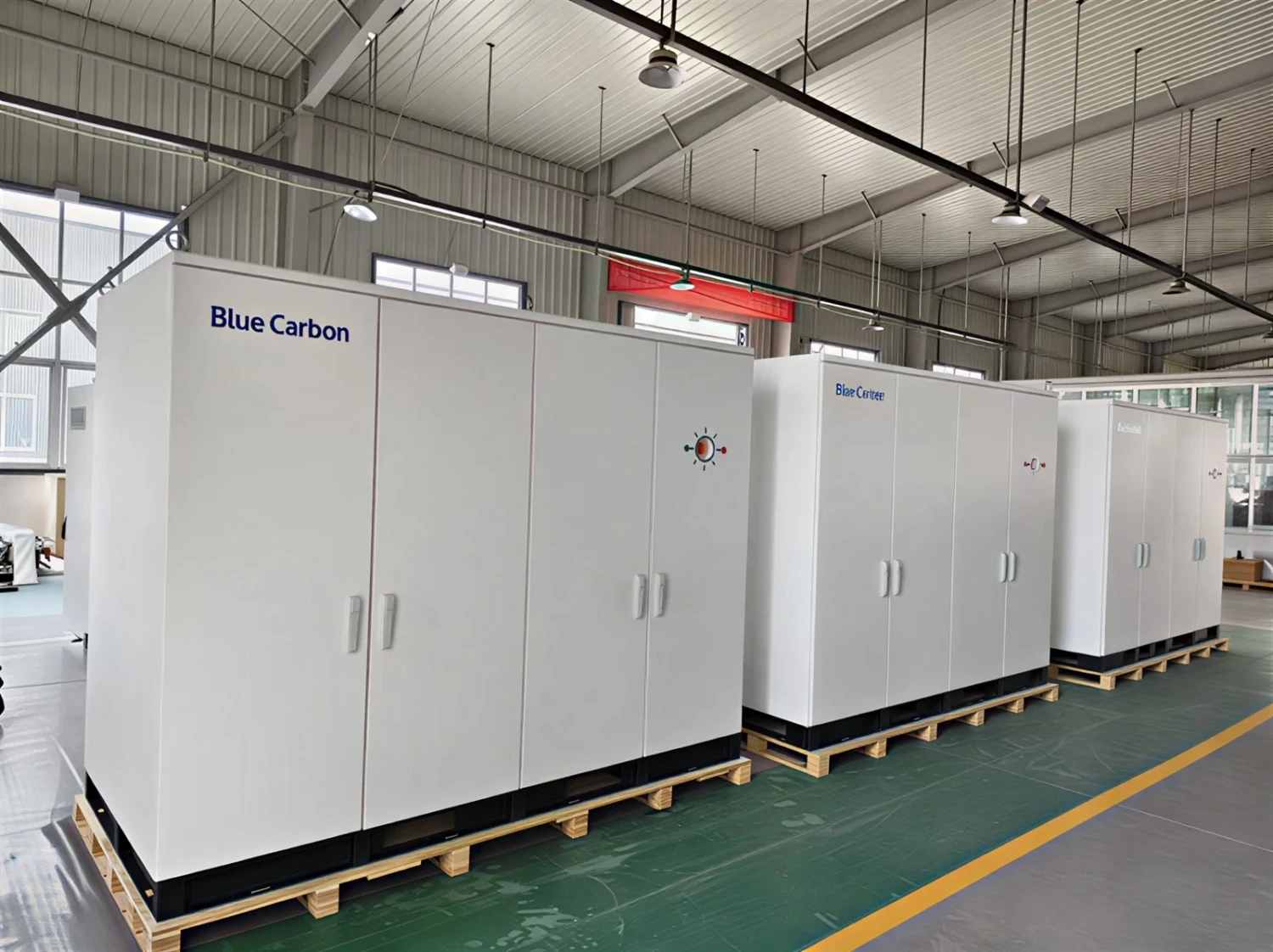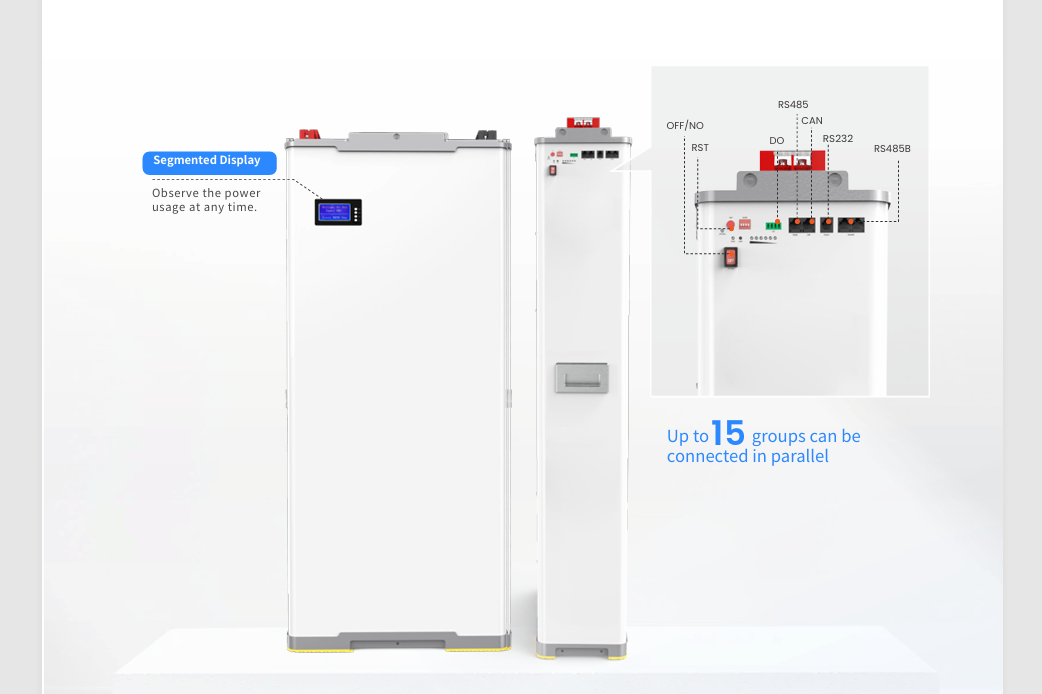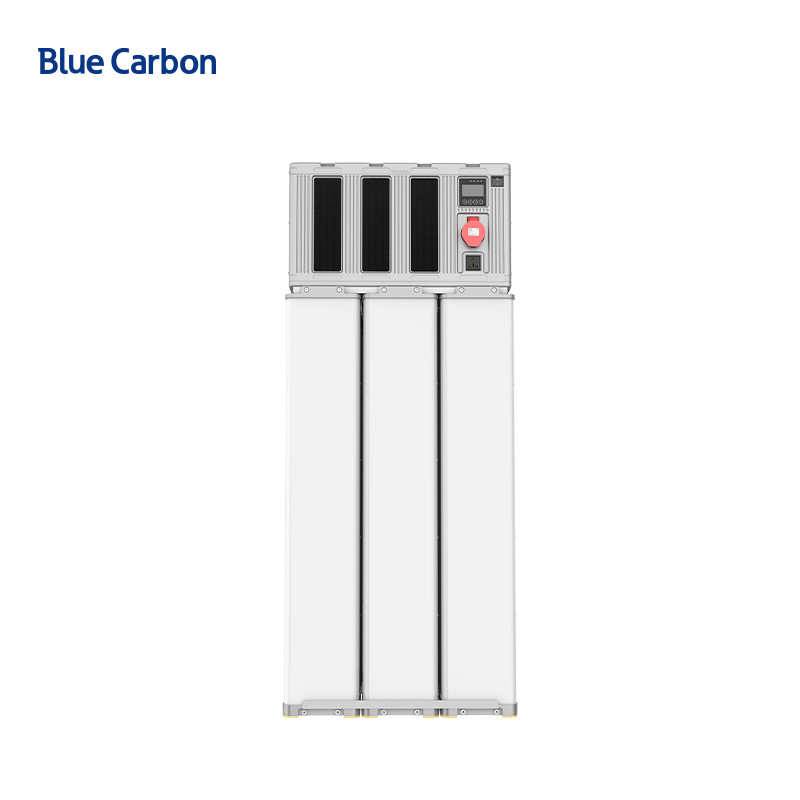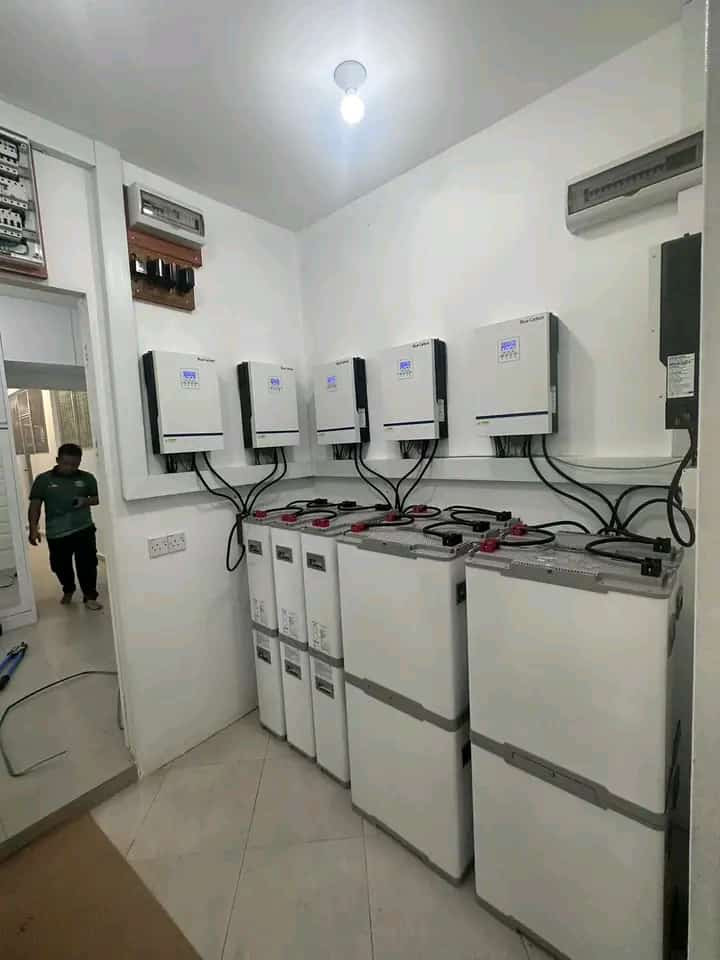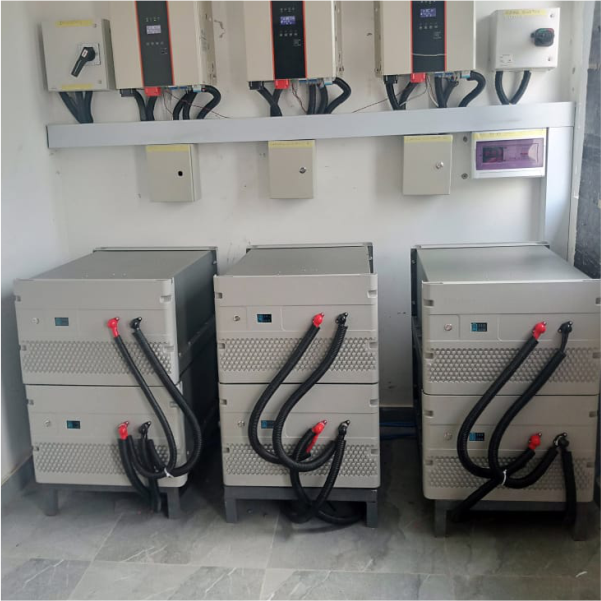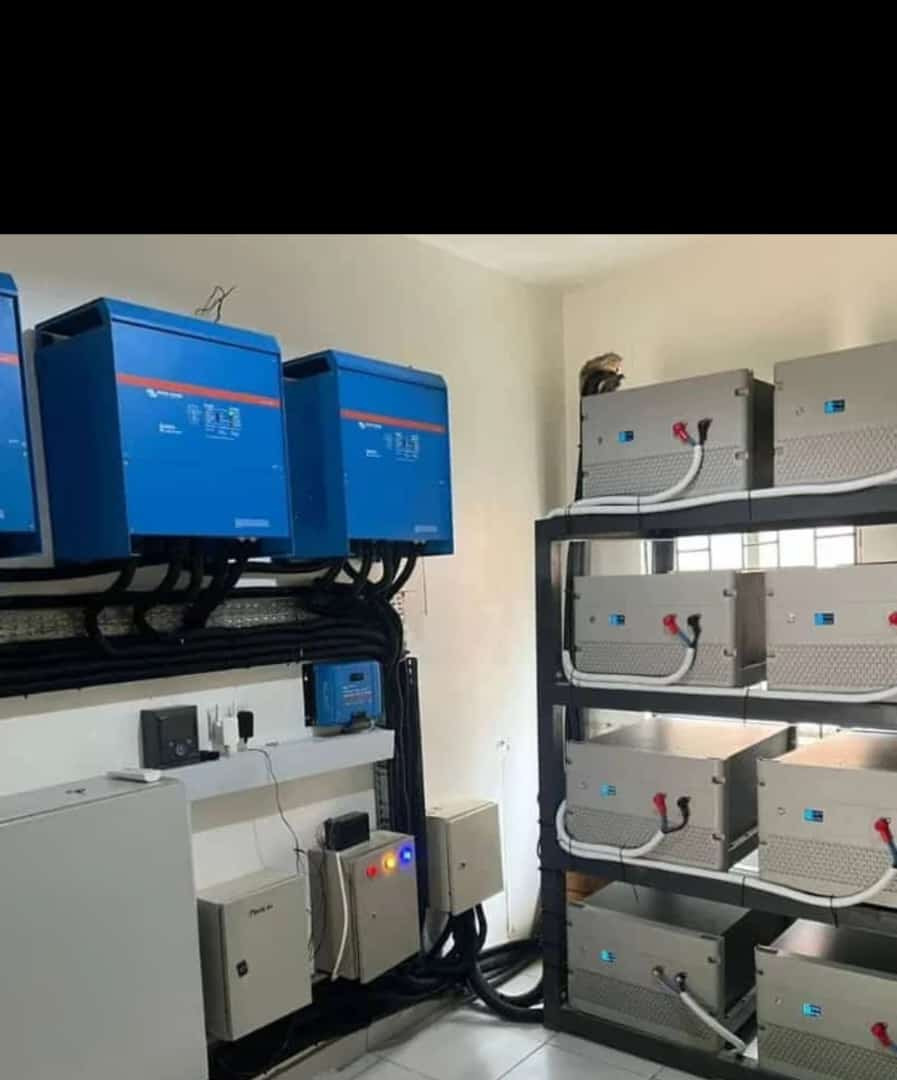Understanding How Solar Panels Work: A Comprehensive Guide

Solar panels have become a ubiquitous sight on rooftops around the world, harnessing the power of sunlight to generate clean and renewable electricity. But how exactly do these marvels of modern technology work? In this comprehensive guide, we'll take a deep dive into the inner workings of solar panels, exploring the science behind their operation and the key components that make them tick.
1. The Photovoltaic Effect
At the heart of every solar panel is the photovoltaic (PV) effect, a phenomenon first discovered in the 19th century that forms the basis of modern solar technology. The PV effect occurs when certain materials, known as semiconductors, absorb photons of sunlight and release electrons, creating an electric current. This process is the foundation of solar energy conversion, allowing solar panels to generate electricity from sunlight.
Historical Context
The photovoltaic effect was first observed by French physicist Edmond Becquerel in 1839. Becquerel discovered that certain materials produced small amounts of electric current when exposed to light. However, it wasn't until the development of the silicon solar cell in the 1950s that this effect could be harnessed efficiently for electricity generation.
How It Works
When sunlight, composed of tiny particles called photons, strikes a semiconductor material, it imparts energy to the electrons within the material. If the energy is sufficient, it can dislodge the electrons from their atomic orbits, allowing them to flow freely. This flow of electrons constitutes an electric current, which can be captured and used as a source of power.
2. Solar Cells
Solar panels are composed of individual units called solar cells, which are the building blocks of solar energy systems. Each solar cell contains layers of semiconductor materials, typically silicon, that are specially treated to create a positive and negative charge.
Structure of a Solar Cell
A typical solar cell consists of two layers of silicon: one layer is doped with phosphorus to add extra electrons (negative charge), and the other is doped with boron to create a deficit of electrons (positive charge). The junction between these two layers forms an electric field, which plays a crucial role in separating and directing the flow of electrons.
Electron Flow
When sunlight strikes the surface of a solar cell, it excites the electrons in the semiconductor material, causing them to flow. The electric field at the junction between the two layers of silicon pushes these excited electrons in a particular direction, creating an electric current. Metal contacts on the top and bottom of the cell capture this current and transfer it to an external circuit.
3. The Solar Panel Array
Multiple solar cells are connected together to form a solar panel, also known as a photovoltaic module. The solar cells are encapsulated in a protective layer of tempered glass and surrounded by a sturdy aluminum frame to withstand the elements.
Construction and Design
The encapsulation process protects the delicate solar cells from physical damage and environmental factors such as moisture and dirt. The tempered glass is highly transparent to allow maximum sunlight to reach the cells, while the aluminum frame provides structural integrity and facilitates easy mounting.
Configuration
The size and configuration of the solar panel array can vary depending on the desired power output and available space for installation. Panels can be arranged in series to increase voltage or in parallel to increase current, allowing for flexible system design tailored to specific energy needs.
4. The Inverter
The electricity generated by the solar panels is in the form of direct current (DC), which must be converted into alternating current (AC) to be used in household appliances and electrical systems. This is where the inverter comes in.
Role of the Inverter
The inverter is a crucial component of a solar energy system, converting DC electricity from the solar panels into AC electricity that can be fed into the electrical grid or used to power homes and businesses. Without an inverter, the electricity generated by the solar panels would be incompatible with most electrical devices.
Types of Inverters
There are several types of inverters used in solar energy systems:
- String Inverters: These are the most common type of inverters, connecting multiple panels (or strings of panels) to a single inverter.
- Microinverters: These are small inverters installed on each individual solar panel, offering better performance in shading conditions and easier scalability.
- Power Optimizers: These devices are used in conjunction with string inverters, optimizing the performance of each panel individually.
5. Net Metering and Grid Connection
In many solar energy systems, excess electricity generated by the solar panels can be fed back into the electrical grid through a process called net metering. Net metering allows homeowners and businesses to receive credit for the electricity they generate but do not use, effectively spinning their electric meter backward and offsetting their utility bills.
How Net Metering Works
When a solar energy system generates more electricity than is needed at a given moment, the excess power is sent to the grid. The utility company credits the system owner for this excess power, which can be used to offset future electricity consumption. This creates a symbiotic relationship with the grid, where the solar energy system acts as both a generator and consumer of electricity.
Benefits of Net Metering
- Cost Savings: By receiving credits for excess electricity, homeowners can significantly reduce their utility bills.
- Grid Stability: Distributed generation from solar energy systems can enhance the stability and resilience of the electrical grid.
- Environmental Impact: Net metering encourages the adoption of renewable energy, reducing reliance on fossil fuels and lowering greenhouse gas emissions.
6. Monitoring and Maintenance
Once installed, solar panels require relatively little maintenance to keep them operating efficiently. Regular inspections and cleaning of the solar panels can help optimize their performance and ensure maximum energy production.
Maintenance Tips
- Cleaning: Dust, dirt, and debris can accumulate on the surface of the panels, reducing their efficiency. Periodic cleaning with water and a soft brush can help maintain optimal performance.
- Inspections: Regular visual inspections can help identify and address potential issues such as loose connections, shading from nearby trees, or damage to the panels.
- Professional Servicing: Some maintenance tasks, such as electrical checks and repairs, should be performed by qualified professionals to ensure safety and compliance with local regulations.
Monitoring Systems
Many solar energy systems come equipped with monitoring software that allows homeowners and installers to track the performance of the system in real-time. These systems provide valuable data on energy production, system efficiency, and potential issues, enabling timely interventions to maintain peak performance.
Conclusion
Solar panels work by harnessing the power of sunlight through the photovoltaic effect, converting it into clean and renewable electricity that can power homes, businesses, and communities. By understanding the science behind solar panels and their components, homeowners and businesses can make informed decisions about adopting solar energy and reaping the many benefits it has to offer.
The Future of Solar Energy
As technology continues to advance, the efficiency and affordability of solar panels are expected to improve, making solar energy an increasingly viable option for a broader range of applications. Innovations such as bifacial panels, solar tracking systems, and advanced energy storage solutions promise to further enhance the capabilities and appeal of solar energy systems.
Adopting solar energy not only contributes to a sustainable future but also offers economic and environmental benefits. With the right knowledge and resources, anyone can take advantage of this powerful technology to reduce their carbon footprint and achieve energy independence.
Recent Posts
How Do C&I Battery Storage Solutions Improve Energy Efficiency For Businesses
Why Blue Carbon Manufactures Their Lithium Batteries with LiFePO₄ and Grade A Cells: The Best Choice for Commercial, Industrial, and Home Use in Nigeria
DIY Solar Panel Installation: Is It Feasible for Homeowners in Nigeria?
Installation Photos
